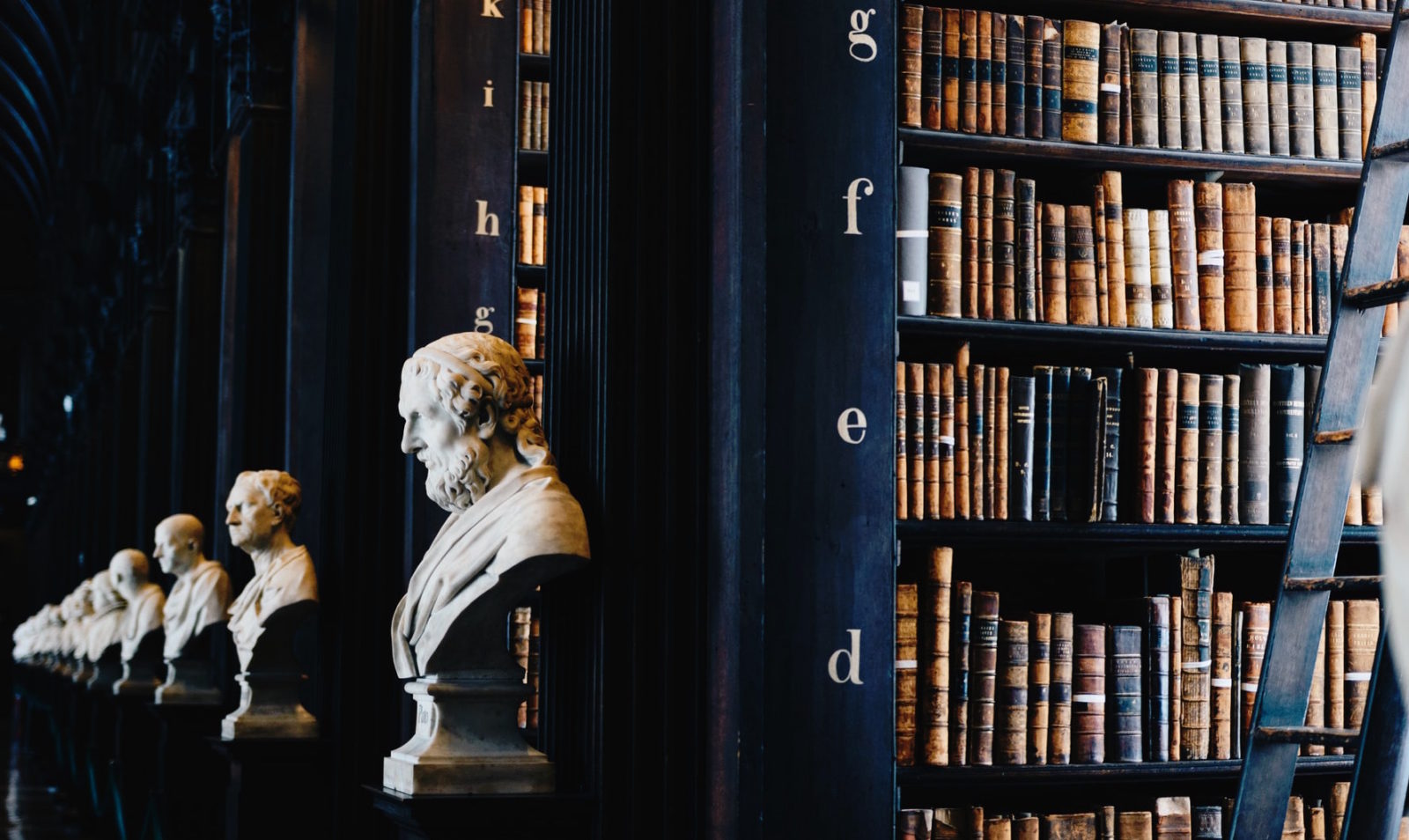
The Washington Post recently ran a column by Valerie Strauss entitled “Why history is hard — and dangerous — to teach and how to get kids to stop thinking it is ‘boring and useless.’” In it, Strauss references the newly released National Assessment of Educational Progress scores which reveal that “American eighth-grade students don’t know much about U.S. history – or civics for that matter.”
In answer to her title question, she reproduces a lengthy post by Edward Ayers detailing some of the failed and failing practices at various grade levels. His conclusion should be a wake-up call.
“No wonder students assume that history is fixed and final, and that their job is to memorize it. No wonder they think history is boring and useless. And no wonder they rarely do well on tests that measure something they care little about.
“History is hard to teach. It is not a bounded field of knowledge that can be conveyed in stages and steps. It does not operate by rules or predictable patterns. It cannot be segmented into separate elements without dying. The keys to understanding the past are context, contingency, cause, change, and consequence — living in motion — but standardized textbooks and testing kill history to dissect it.
“History is dangerous to teach and so we have tried to tame it through narratives of progress and blandly balanced portrayals of our unbalanced past. Doing so, we drain history of the human drama that makes it worth studying in the first place.”
The trouble with teaching history, of course, is that there is so much of it! What are the important events? Who are the important people? And who says they are important? Dr. Ayers appears to be addressing these questions in his current role as Executive Director of the organization, New American History, at the University of Richmond. He points out that trying to reduce history to a “turgid list of names and dates” is to blame for both the low test scores and the low level of interest expressed by so many US teenagers.
So who killed history? Maybe a better question is how to bring history back to life. Here are three ways we are doing that at Wilson Hill Academy.
Focus on frameworks, not just facts
In a student’s early years, we build a framework for understanding history, thinking of it as a broad tapestry, connected at every point in time and space. It is necessary of course, to be selective in the face of the overwhelming volume of historical material, but by helping students to construct a framework for understanding, we are paving the way for them to pursue the missing details on their own. One of the key aspects of this study is to help students understand “what it was like then and there.”
In the Upper School, we integrate history into The Great Conversation series, where students are continually challenged to understand and interpret great books and ideas in their historical context, but we do not stop there. The point of a liberal arts education is to equip students with the skills and methods (artes) that will equip them to fulfill their callings as free citizens of a free republic. They need to understand the interdependence of the great ideas and the stories of the real people and events associated with those ideas.
As G.K. Chesterton put it:
“The disadvantage of men not knowing the past is that they do not know the present. History is a hill or high point of vantage, from which alone men see the town in which they live or the age in which they are living.”
Equip students with the tools to weigh history
Among the many advantages of studying history in this way is that the students themselves learn how to detect and evaluate the assumptions behind the selectivity. For instance, in one of our history elective classes, students studied how Moses’ account of the Exodus might contrast significantly with a hypothetical account by Pharaoh’s court historian. This kind of exercise helps students analyze and filter accounts of current events and equips them better to apply the lessons of history to the challenges of today and tomorrow. It also helps them recognize the way individual decisions have an impact on others, ultimately leading them to do a better job loving their neighbors.
One of the best indications that we are succeeding in the task of getting our students interested in a truly fruitful study of history may be the choice of topics for Senior Thesis. I had the privilege of serving as Faculty Advisor for two of our 2020 graduates this year.
One student directly addressed the question, “Why Study History?” You can experience her answer here. Another focused her Senior Thesis on the attraction and inevitable failure of socialism, which you can also watch here. Her presentation may also explain why some in the educational establishment consider history dangerous: students who are well-grounded in history are more resistant to political manipulation.
Teach the practical benefits of learning history
A practical grasp of history reminds us of where we are and how we got here, but it also reminds us of God’s good Providence and warns us of many perils that await if we forget our dependence upon Him. As the 12th century historian Henry of Huntingdon reminds us, “It is quite common for the path of history to lead us straight back to moral purity.” In short, the lessons from history not only make us better citizens, but better Christians, more able to resist the vain philosophies of this world, and more aware of how we can better love our neighbors.